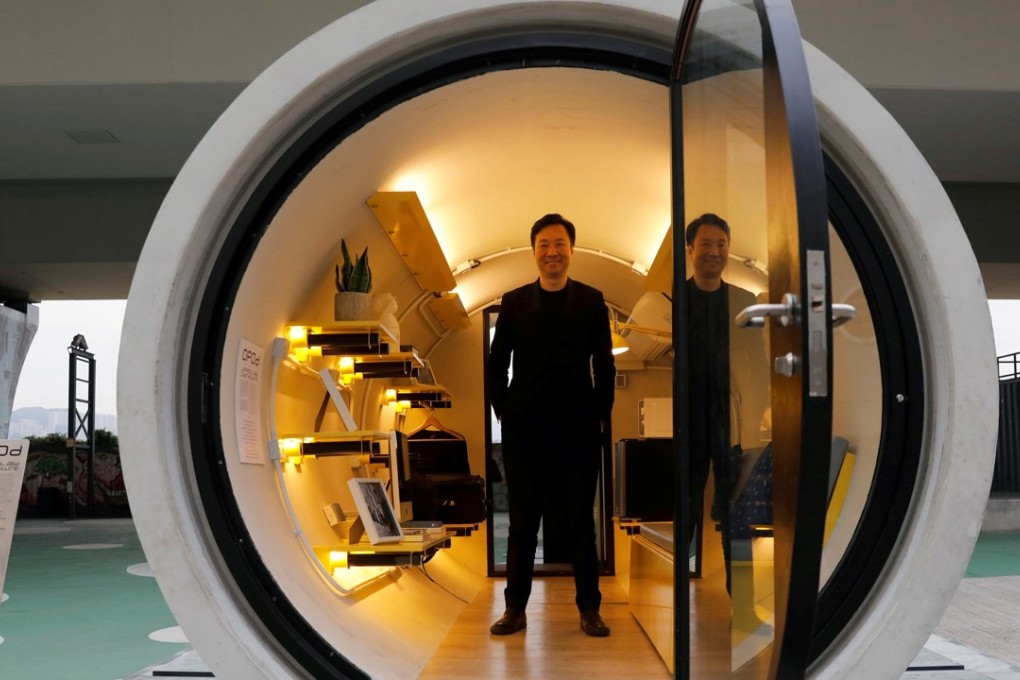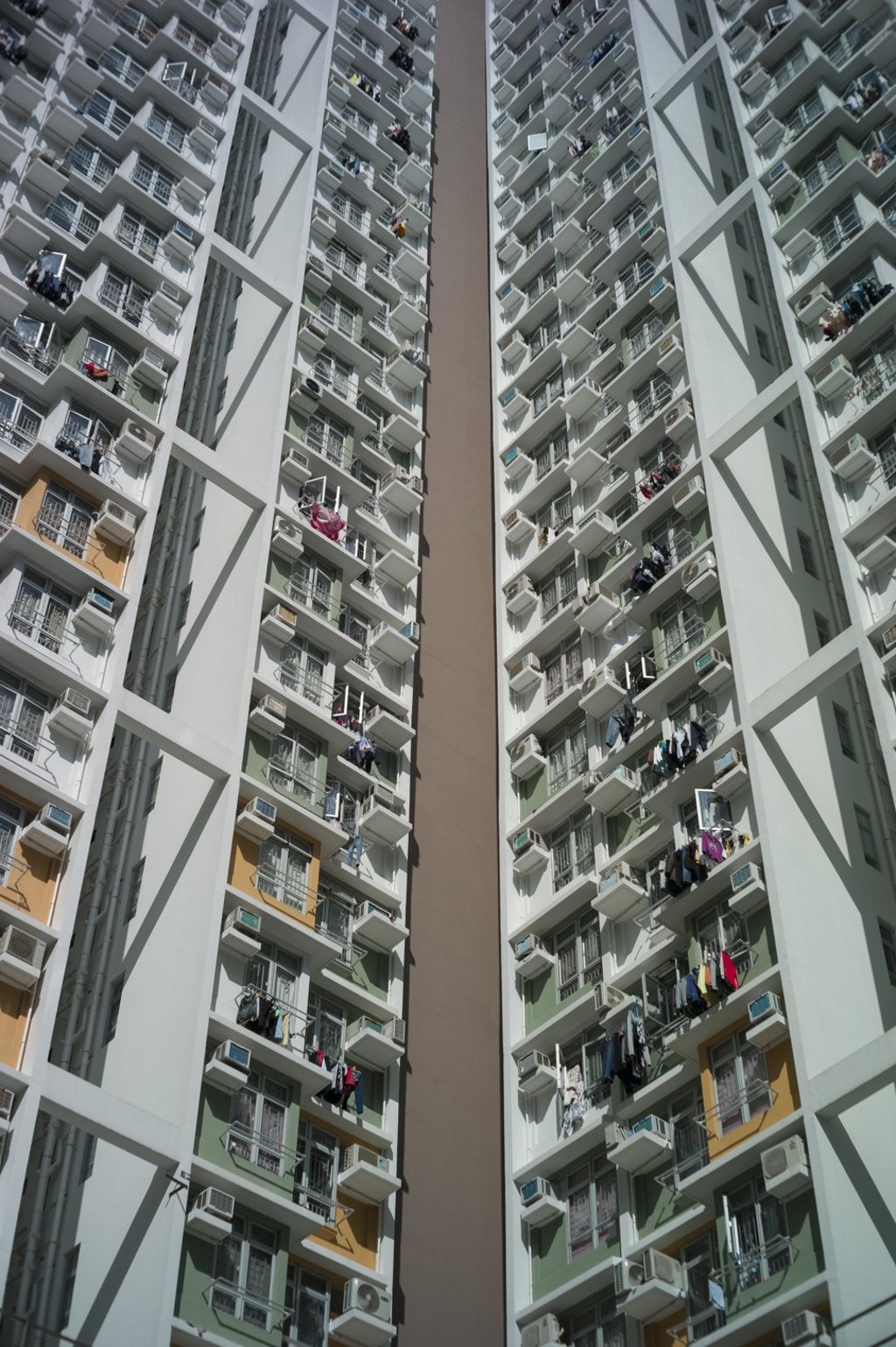The View | Rethinking Hong Kong’s future housing policy commitment – rental or ownership?
Hong Kong’s experience is particularly valuable because it has both a private housing market and a non-market public housing sector that adjust to excess demand in different and opposite ways

Everyone in Hong Kong knows that there is a huge shortage of housing in the city. The government has been working very hard to increase supply and manage (or suppress) demand. But the effort has not yielded much success so far.
Property prices and rents in the private sector have continued to soar, while the waiting list to get into public housing gets ever longer.
The past decade has been a fascinating opportunity for students of economics to observe how a housing market adjusts to extreme shortage.
Hong Kong’s experience is particularly valuable because it has both a private housing market and a non-market public housing sector that adjust to excess demand in different and opposite ways.

Interestingly, among private sector homeowners and renters, the average household size decreased by about 3.5 per cent and increased by 2.5 per cent, respectively, from 2006-2016, while that of subsidised homeowners and tenants decreased by about 8.5 and 3.5 per cent.
